by Sam McGowan
World War II was the first fully mechanized war in history, and oil, both crude and synthetic, was a major factor in military planning. In 1942, Nazi U-boats lurked off the American East Coast and in the Gulf of Mexico, waiting for tankers bound for East Coast ports in an attempt to prevent oil supplies from reaching England.
[text_ad]
Similarly, the Allies realized that the destruction of the oil industry that fueled the German and Italian war machine would be a major step toward an Allied victory. At the Casablanca Conference in January and February 1943, the Allies drafted the combined bomber offensive and placed oil near the top of the list of planned targets. Germany had only a small domestic-oil industry and depended heavily on Ploesti for its supply of oil and for most of its petroleum-based products.
Campaigns Against Oil The Most Effective?
Ploesti remained the number one oil target in Europe until the region was captured by the Soviets in the late summer of 1944. But Germany led the world in the production of synthetic fuels, which accounted for close to 40 percent of all its fuels. Synthetic fuel plants were located along the North Sea, in the Ruhr Valley, and in southern parts of Europe. The destruction of the German synthetic fuel plants was a major mission for Eighth and Fifteenth Air Force bombers throughout the spring and summer of 1944. Like the crude-oil production facilities at Ploesti, the synthetic-fuel facilities were well protected by German fighters and antiaircraft guns, and Allied airmen dreaded the missions against them.
Attacks against the German transportation system also affected the oil industry, since railroads and roadways were required to move the refined products to the airfields, naval bases, and ground forces that depended on them.
The campaigns against oil and transportation were perhaps the most effective of the Allied bombing efforts. The Ardennes Offensive ground to a halt when the German panzer divisions ran out of fuel for their tanks and vehicles.
While German production of tanks and airplanes actually continued to increase until the end of the war, their potential threat to the Allied forces had been effectively reduced because there was no fuel to power them.
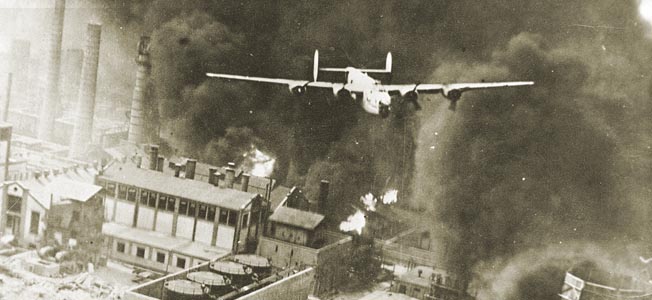
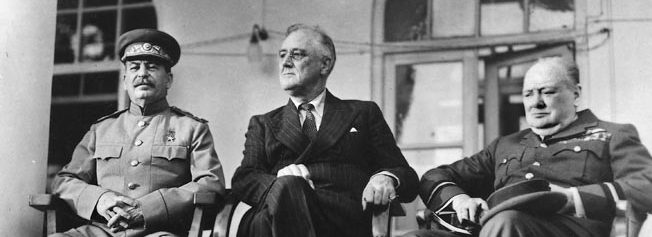
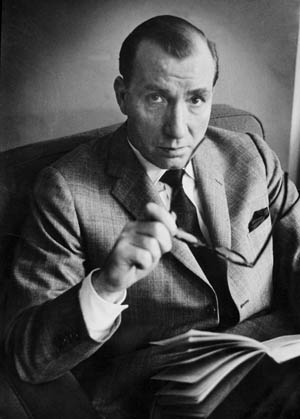
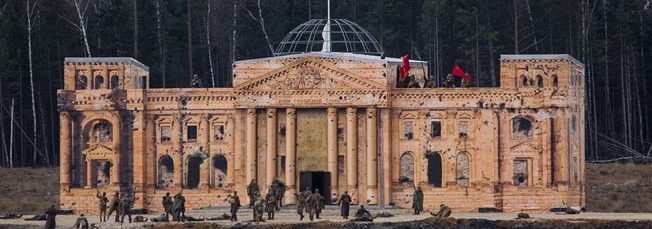
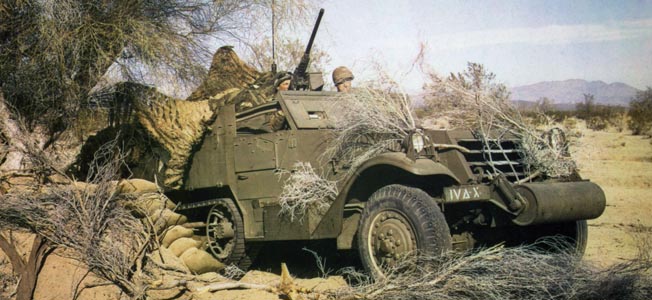
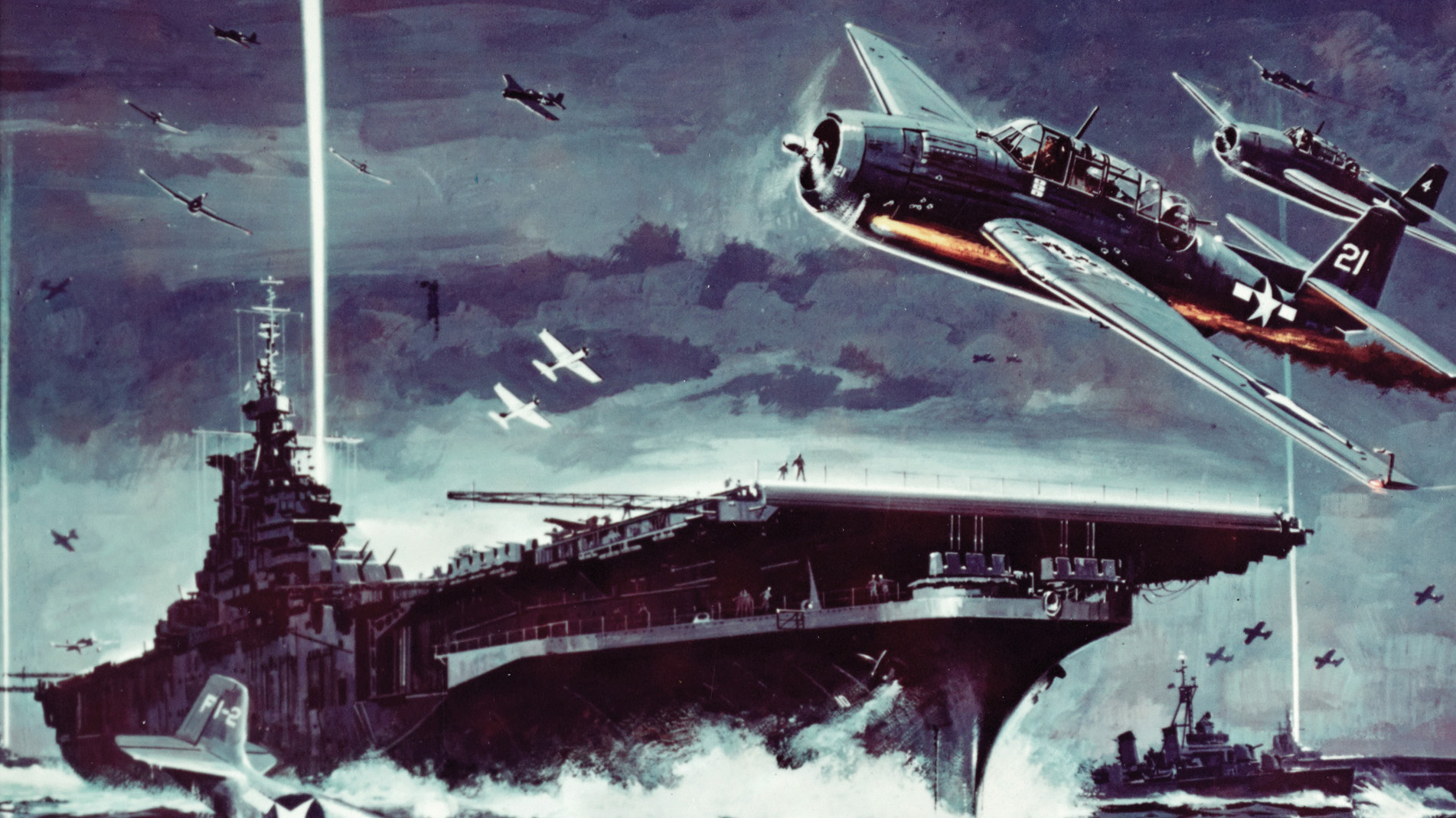
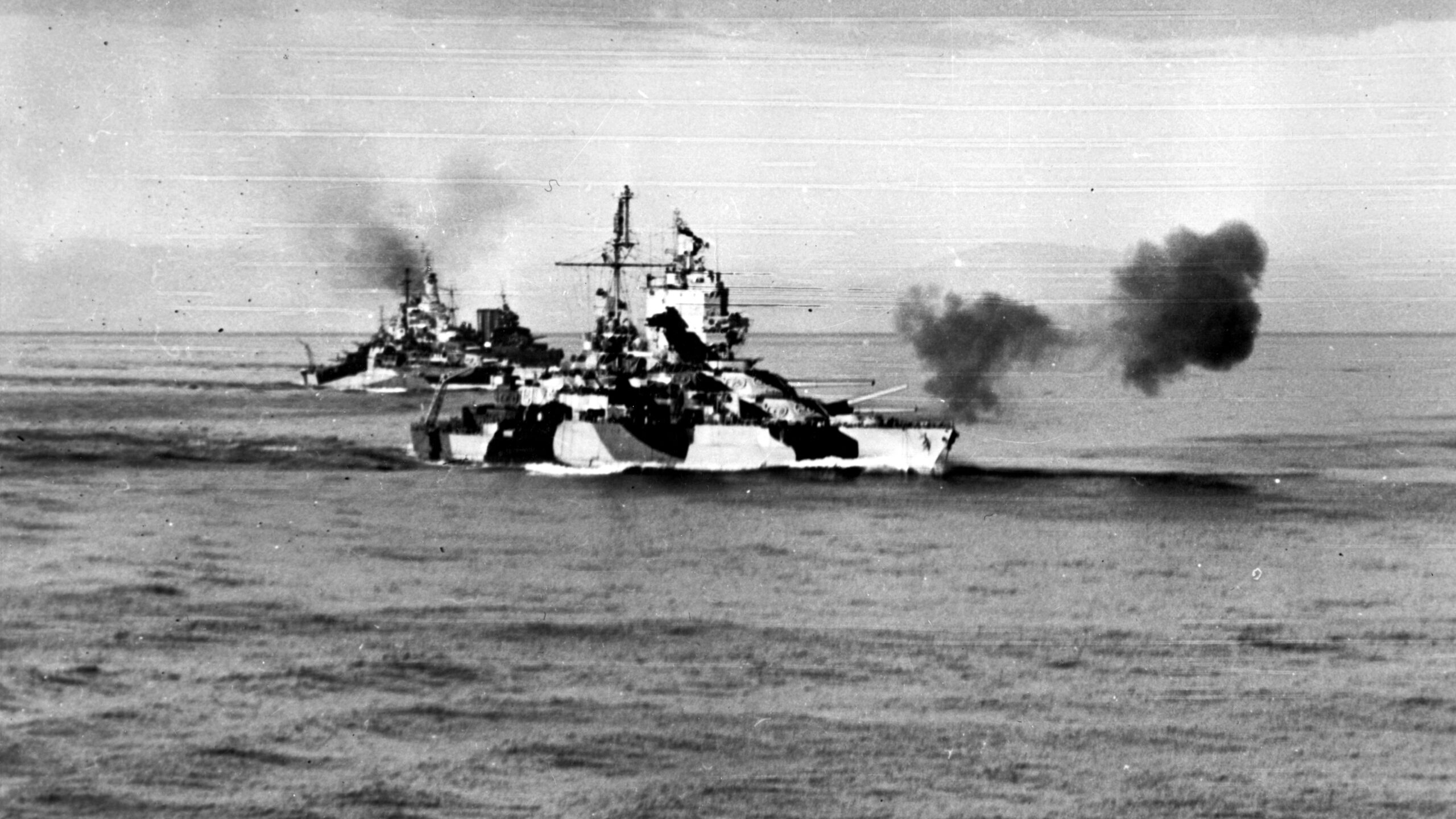

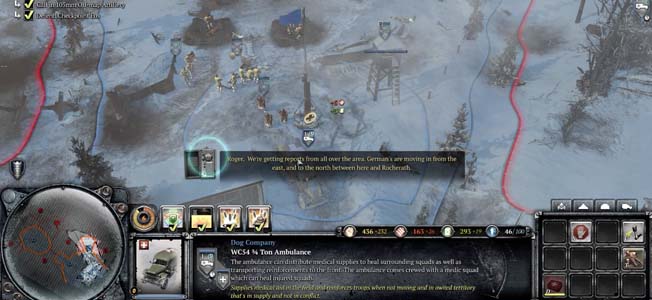
Join The Conversation
Comments
View All Comments